Skullduggery at Old Government House
A working prototype was created for a site-specific theatrical experience that captures the Intangible Cultural Heritage of a historic location, via an immersive location-based interactive mobile augmented reality application.
Client
Old Government House
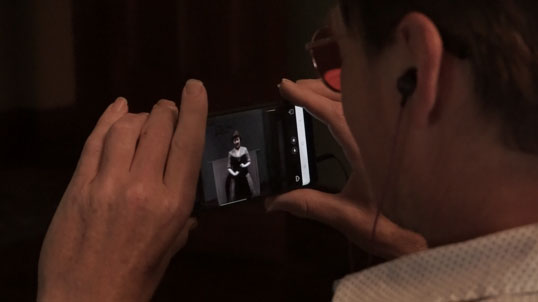
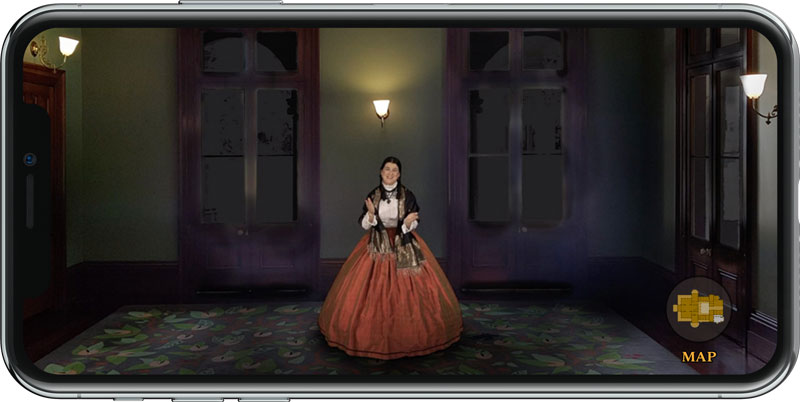
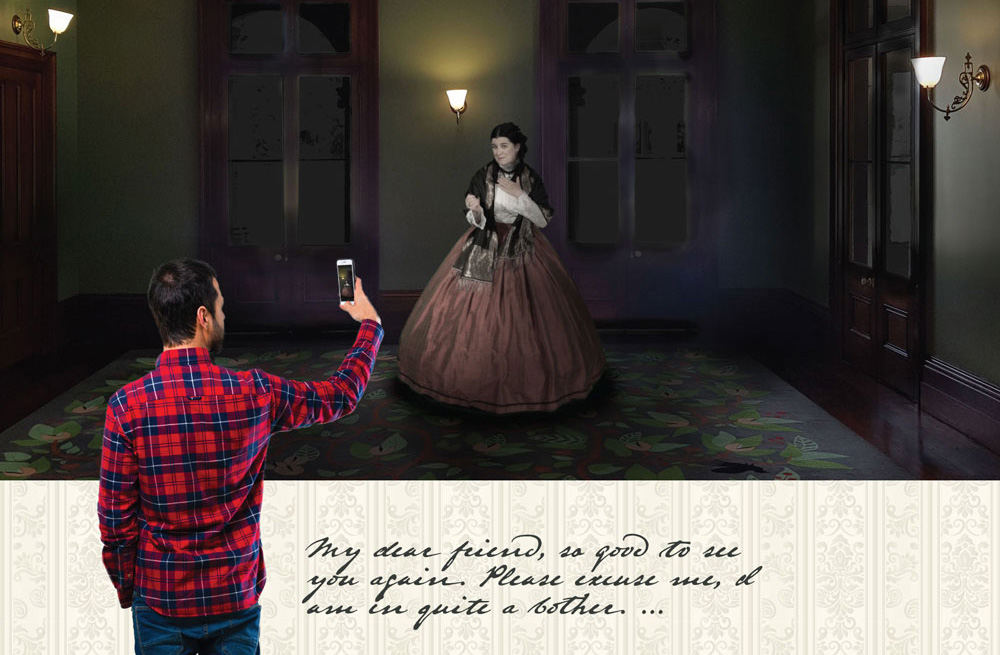
Old Government House Augmented-Reality (AR) Prototype
Overview
Skulduggery at Old Government House is a heritage engagement project that offers an immersive augmented reality design. It was inspired by site-specific theatrical performance and narrative adventure games to create multi-perspective storytelling opportunities. To address problems encountered by casual visitors to Old Government House, in Brisbane’s CBD. It enables visitors to better understand the ‘sense of the place’, an aspect of intangible cultural heritage (ICH)that is often difficult to convey with traditional displays. The outcomes of this project have led to the realisation of the potential inherent in our heritage places as we conceptualise and build our future cities. Often our efforts are to integrate technology into our cities to make them more efficient and productive. However, interactive technologies can help improve the social and cultural aspects as well. Inclusive and accessible storytelling experiences in these locations can draw visitors from all ages and backgrounds and be economically viable. Making cultural educational opportunities more relevant and compelling to all socio-economic backgrounds. Highly inclusive storytelling also represents a more authentic view of the local population, which is highly desirable to tourists.
Old Government House
Old Government House (OGH) in Brisbane, Queensland, is of significant cultural importance and in 1978 it became a protected heritage site. The surrounding land is the traditional country of the Turrbul and Yugara people and is known by the traditional owners as 'Meanjin'. The house was constructed between 1860 and 1862 and became the hub of colonial life in Brisbane. Queensland's first Governor, Sir George Ferguson Bowen, his wife Lady Diamantina Roma Bowen and their children were the first vice-regal residents of the house. During its time, the house was famous for social events, including receptions, balls, grand diners and garden parties.
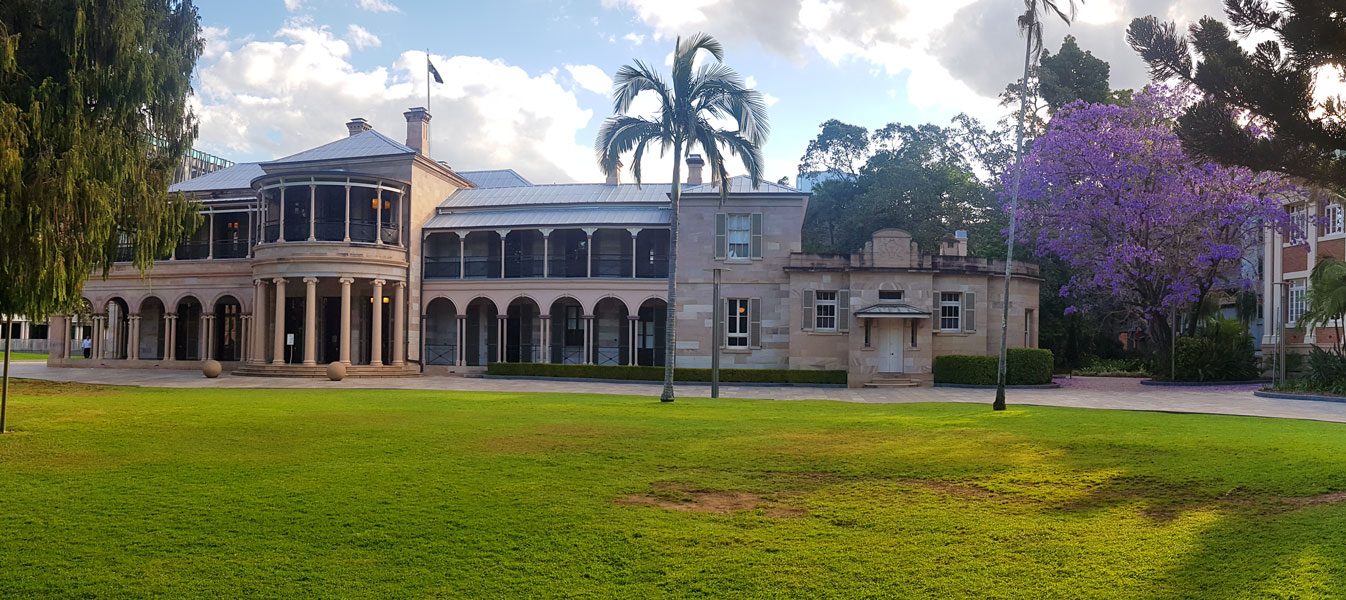
Presently, OGH is located within a university campus adjacent to city gardens. There are tours offered, however many visitors casually drop in outside of them. The house also has three main purposes: a gallery, event space and house museum. Because of this, most of the rooms are unfurnished and do not contain information within them. This makes the casual visitor experience difficult, as they can only see the current state of the house, not understanding its significance and multiple histories. To make matters worse, modern visitors also have a limited interest in reading what information is available along the entrance walls and within brochures. The resulting experience regarding the house’s history, is as a quick glance while walking through the various rooms.
There is however, significant history within the walls of the house. It was the centre of Queensland’s governance for roughly 50 years after its inception. With the building representing different things to different cultures and backgrounds. While this makes it interesting, it also makes it quite a complex story to convey to a casual visitor.
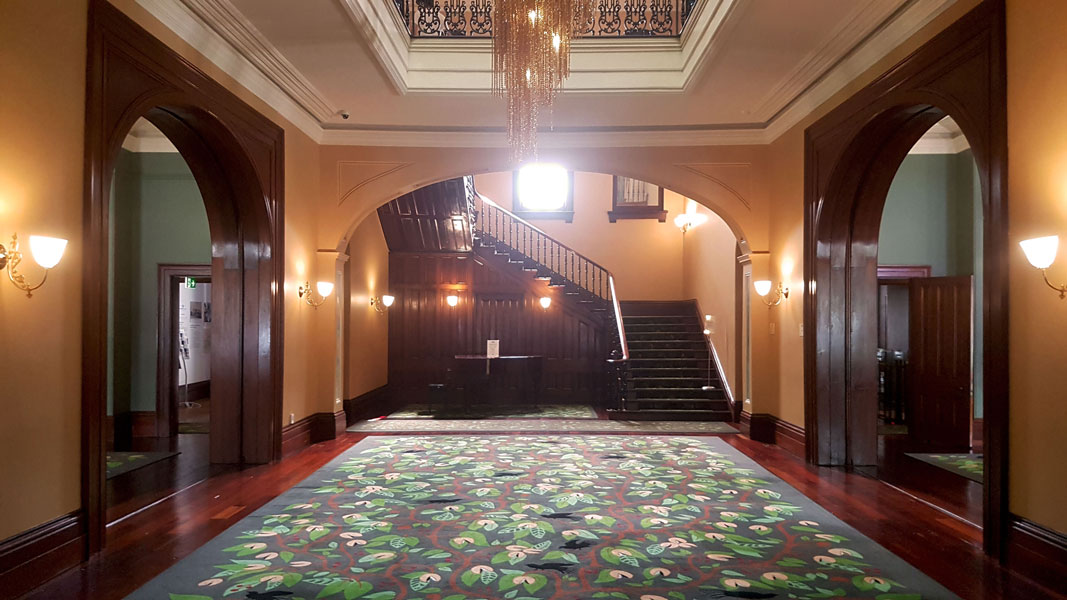
Research
The approach used to research and define the project involved aspects of design thinking and art thinking. Design thinking looked at the problems associated with the visitor experience. Including researching and understanding the space, conducting ethnographic and proxemic studies. Gaining an understanding from a visitor’s point of view and understanding what the curator wanted people to come away with. Visitors had little contextual information as they walked through the house and could only see the room as it looked in the current day. The curator, meanwhile, wanted visitors to realise the multiple aspects of history the house witnessed and to really understand the grander that the house represented at the time of its use. These aspects could be conveyed during house tours, which people enjoyed, but was completely lost on the casual visitor. A varied collection of different experiences and theories was collected to use as a base for a solution. During this time, an art thinking approach was also used. This allowed the focus to shift, less on the problems and more on a bigger picture, thinking about what the expression of the experience could be. Leading towards a visitor experience that was about coming into a story, being immersed in a different time, with drama and emotion.

The Solution
The eventual solution involved creating an augmented-reality (AR) / mixed-reality (MR) location-based experience that delivered a storytelling experience inspired by theatre, site-specific performance, narrative adventure games, audio tours, sound installations and locative media. The experience involves moving around the main rooms of the house using a mobile phone with headphones, with characters progressing the story. A visitor begins by becoming a character who is part of Brisbane’s high society and has been invited to the grand opening ball. They are friends of Lady Bowen and as they seek her out, they discover that a very sentimental bracelet that she was wearing has disappeared. A visitor experiences this by a mobile app that they activate within the space. It begins with an audio soundscape of the ball, with a band playing, people chatting and dancing. As they move around the house, they come across various characters. The first character interaction is with Lady Bowen who asks her friend to help her find her missing bracelet. As the visitor moves around the house looking for the bracelet, they are introduced to different people who were associated with the house. Through the interactions they are able to see how people dressed, how society was structure, how people spoke and what protocol was like during the event. The eventual culprit is found out because they did not follow protocol and acted like a commoner, rather than the lord they were impersonating.
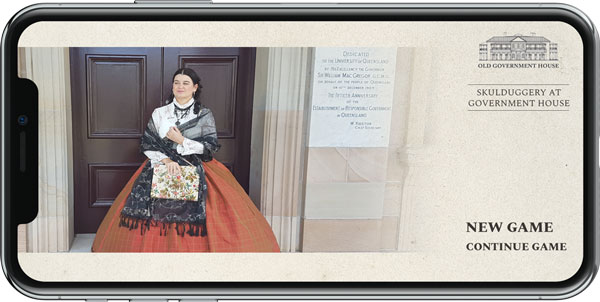
Conclusion
This prototype experience proved to be an enormous success. With testers describing a major enhancement to their site visit and feeling as though the space had been brought to life. The house curator, Katie McConnel, was also delighted with the results and we have since begun production on an actual app that will be available soon.
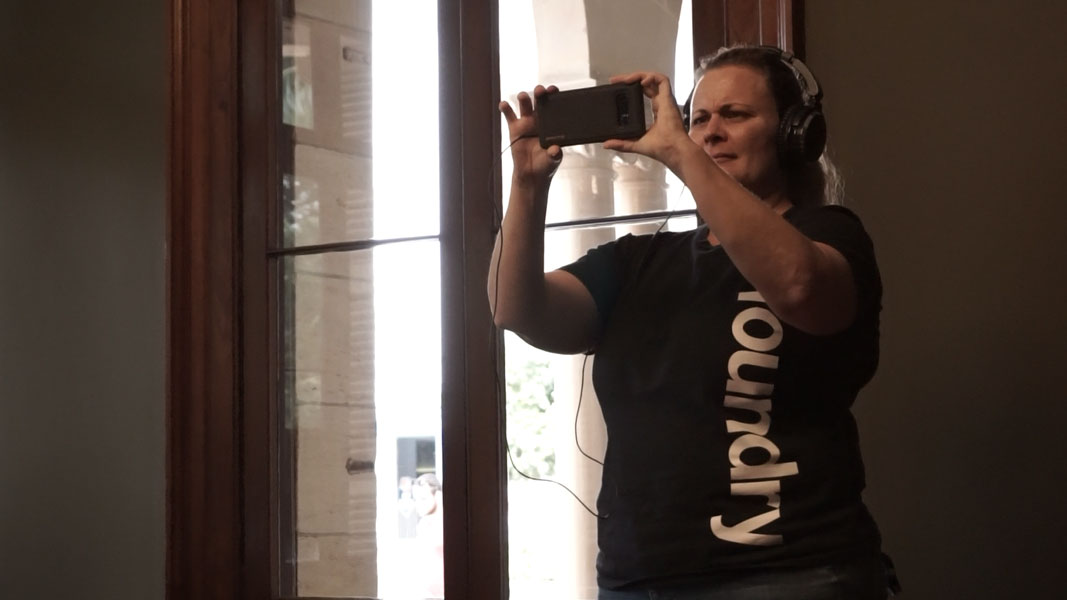
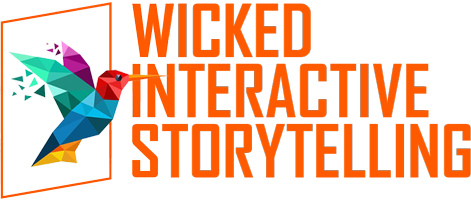
Completed Projects